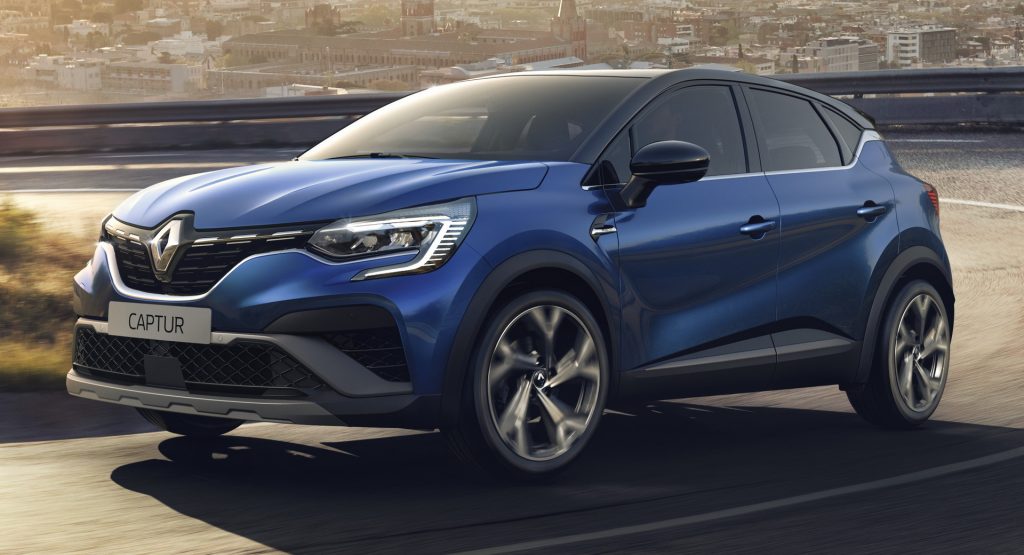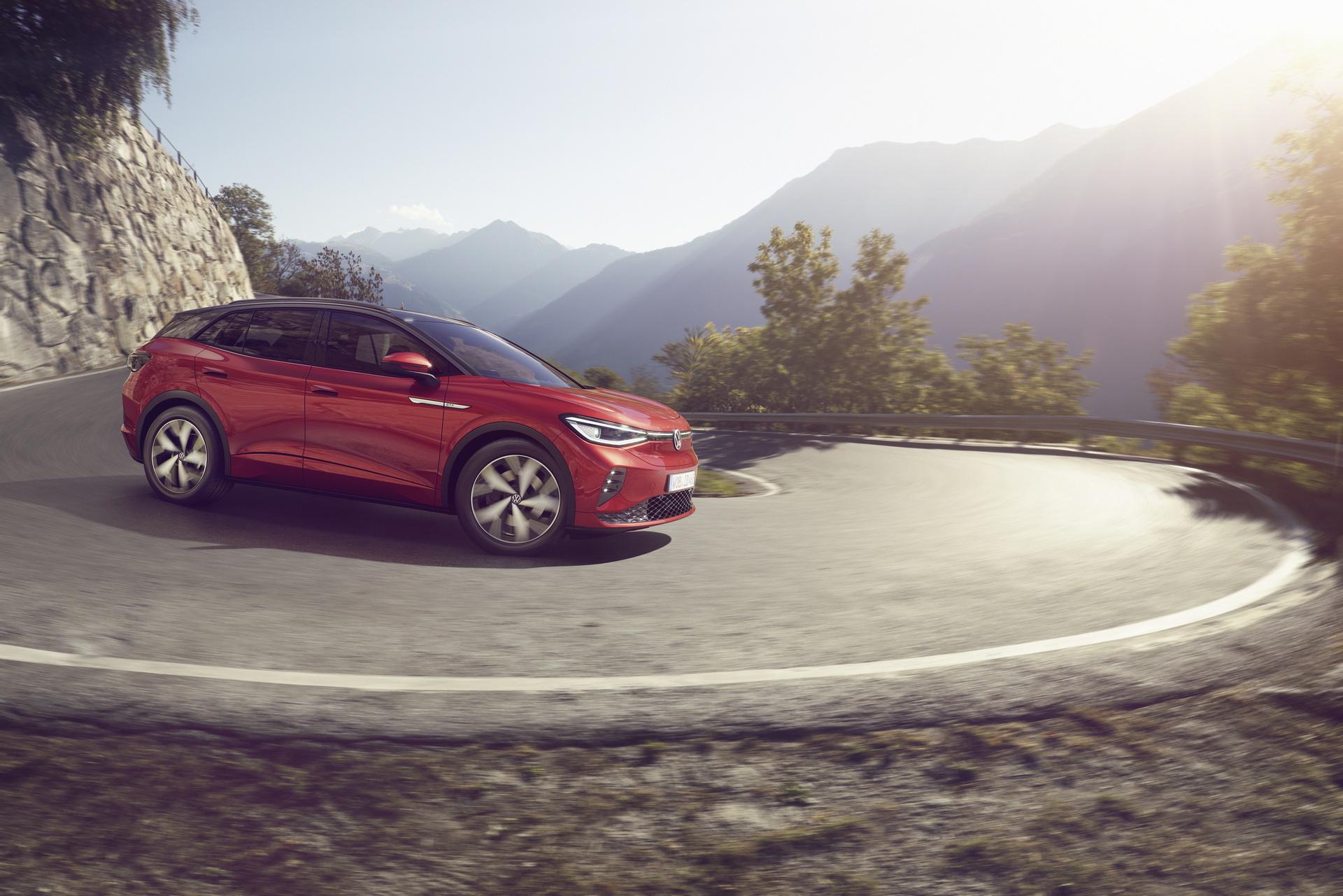We keep reading headlines about automakers posting double-digit sales growth and big gains, but the fact remains those are only as compared to the depressed figures from 2020. Excluding last year, European sales in March were at their lowest level since 2013.
Although March sales rose by 63 percent compared to 2020, the picture isn’t nearly as rosy when you compare them to pre-pandemic levels, according to JATO Dynamics. In Europe, March sales fell 22% as compared to 2019.
Worse still, new car registrations in the first quarter of 2021 were at their lowest level since 1986 – again, excluding 2020. Europe still seems to be suffering the effects of the pandemic, so the numbers are, to an extent, understandable. But there’s a long way to go.
Read Also: Strong Chinese Sales Help Bolster Mercedes-Benz Q1 Profits
“The European car market is still a way off from reaching pre-pandemic volumes, and governments must take further action to help boost sales and restore consumer confidence,” says Felipe Munoz, global analyst at JATO Dynamics.
It’s not all bad news, though. As sales of internal combustion vehicles fall, those of hybrid and electric vehicles continue to rise, justifying automakers’ investments in the new technology.
Fully electric vehicles continue to grow their market share in 2021. The slow march started with EVs commanding just 3.4 percent of Europe’s market in March 2019, growing to 9.7 percent a year later, and reaching their March 2021 figure of 16 percent of all European sales.
“Consumers are reacting positively to more extensive and competitive EV offerings,” says Munoz. “However, as these vehicles are often more expensive than ICE models, the positive impact has not yet offset the big drops seen across traditional high-emissions fuel types.”
Although most EVs still lag behind internal combustion engine vehicles in terms of sales volume, the Tesla Model 3 came within 2,600 new registrations of being the top-selling vehicle in Europe last months. Even so, that makes it the fourth best-selling vehicle, putting ahead of the Toyota Yaris.
Alongside EVs, though, the SUV market also continues to grow in Europe. In March 2019, they made up 36.8 percent of European sales, growing to 39.9 percent in March 2020, and 45 percent last month.
“The success of EVs and SUVs stand as a good indicator that consumer demand will soon be focused towards upcoming electric SUV models, which will be a key driver of growth for the industry moving forward,” Munoz points out.







